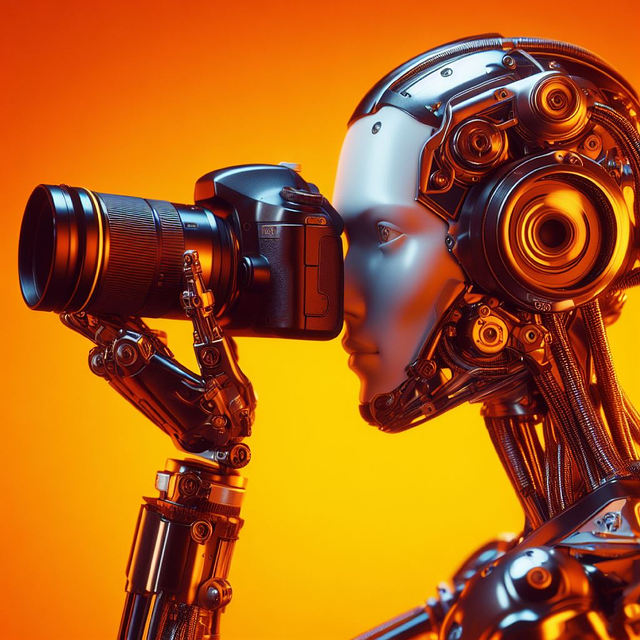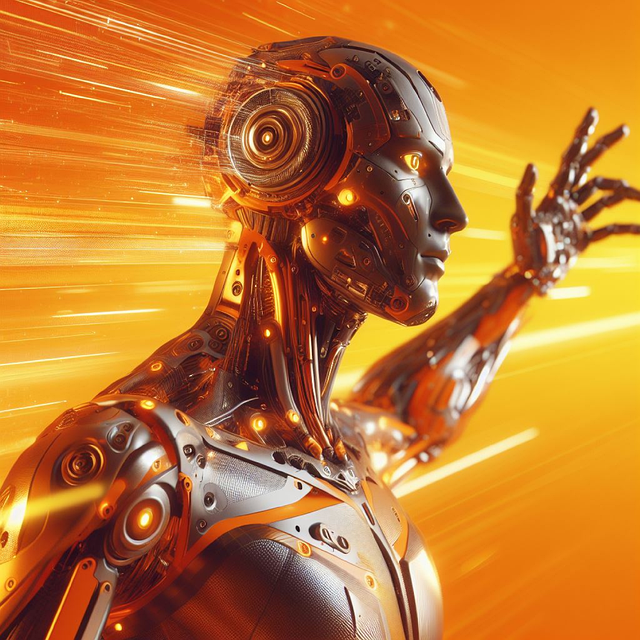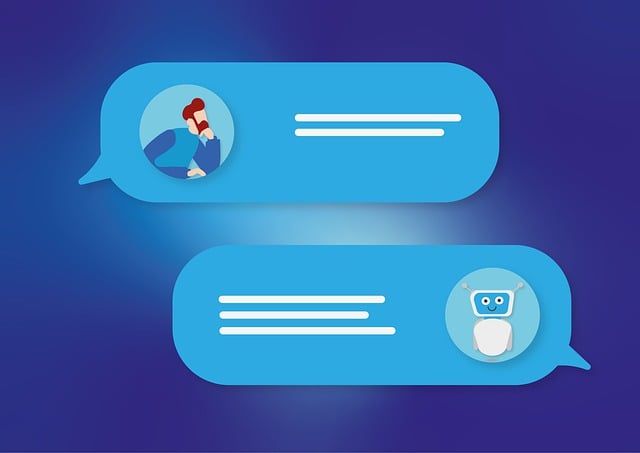AI chatbots are transforming workplaces by offering unprecedented efficiency through natural language processing. They automate routine tasks, personalize interactions based on user preferences, and streamline workflows, enhancing communication, productivity, and collaboration. These intelligent assistants free up employee time for creative work, optimize resource allocation, and provide data-driven insights across various sectors like customer service, manufacturing, healthcare, and finance. Their ability to adapt and learn makes them essential tools for modern offices, fostering a dynamic environment conducive to productivity and innovation.
In today’s digital age, Artificial Intelligence (AI) chatbots are transforming workplace dynamics, maximizing productivity like never before. This article explores the multifaceted impact of AI chatbots, from effortless task management and streamlined communication to automating routine tasks and offering personalized support. We delve into how these tools enhance collaboration, provide data-driven insights for workflow optimization, and ultimately foster a more creative and efficient work environment. Understanding AI chatbots is crucial for any business aiming to stay competitive in the modern market.
- Understanding AI Chatbots: Tools for Effortless Task Management
- Streamlining Communication: How AI Chatbots Enhance Collaboration
- Automating Routine Tasks: Freeing Up Time for Creativity
- Personalized Support: Tailoring Productivity to Individual Needs
- Data-Driven Insights: Optimizing Workflows with AI Analytics
Understanding AI Chatbots: Tools for Effortless Task Management

AI chatbots are transforming the way we manage tasks at work, offering unparalleled efficiency and convenience. These intelligent assistants leverage natural language processing to understand user queries and deliver precise responses, whether it’s scheduling meetings, drafting emails, or retrieving important documents. By automating repetitive and time-consuming tasks, AI chatbots free up valuable employee time, enabling them to focus on more complex and creative aspects of their roles.
These tools learn from interactions and continuously improve, adapting to the unique needs and preferences of individual users within an organization. This personalization ensures that task management becomes more streamlined and intuitive, enhancing overall productivity. With their ability to enhance communication, streamline workflows, and reduce human error, AI chatbots are becoming indispensable assets in modern workplaces.
Streamlining Communication: How AI Chatbots Enhance Collaboration

AI chatbots are revolutionizing workplace communication, acting as digital assistants that facilitate smoother interactions and collaboration among teams. By processing natural language inputs, these intelligent tools can understand and respond to queries, relay messages, and even schedule meetings – streamlining tasks that were once time-consuming and prone to human error. This enhances productivity by saving employees precious time and minimizing miscommunication.
The real power of AI chatbots lies in their ability to foster a more connected environment. They can act as central hubs for information sharing, enabling quick access to project updates, documentation, and even expert knowledge within the organization. This promotes efficient collaboration across departments and geographical boundaries, ensuring everyone is on the same page and working towards shared goals.
Automating Routine Tasks: Freeing Up Time for Creativity

AI chatbots are transforming the way we approach work by automating routine, repetitive tasks. These intelligent assistants can handle data entry, email filtering, scheduling, and other mundane activities, freeing up valuable time for employees to focus on more creative, strategic, and high-value endeavors. By offloading these tasks to AI, teams can enhance their productivity, streamline workflows, and ultimately achieve better outcomes.
This shift allows individuals to tap into their unique human skills—critical thinking, problem-solving, innovation—that were previously overshadowed by time-consuming administrative work. With routine tasks automated, employees can spend more time collaborating, pursuing complex projects, and delivering innovative solutions, contributing to a more dynamic and efficient workplace.
Personalized Support: Tailoring Productivity to Individual Needs

AI chatbots are transforming the way we work by offering personalized support that tailors productivity to individual needs. These intelligent assistants can learn and adapt to each employee’s unique workflow, providing targeted assistance when it matters most. Whether it’s scheduling meetings, responding to routine queries, or offering context-specific guidance, AI chatbots enhance efficiency by freeing up valuable time for employees to focus on more complex tasks.
By analyzing patterns in user behavior and preferences, AI chatbots can proactively suggest tools, resources, or even optimal work environments to maximize productivity. This level of customization ensures that each employee receives the support they need to thrive, leading to increased job satisfaction and improved overall performance.
Data-Driven Insights: Optimizing Workflows with AI Analytics

AI chatbots are transforming the way businesses operate by providing data-driven insights that optimize workflows. These intelligent assistants can analyze vast amounts of information, identify patterns, and offer actionable recommendations to streamline processes. For instance, an AI chatbot in customer service can study conversation transcripts, customer feedback, and interaction trends to suggest improvements in response times, resolve common issues proactively, and even predict customer needs.
This level of analytical capability isn’t limited to customer-facing roles; it extends to various sectors, including manufacturing, healthcare, and finance. By leveraging AI analytics, companies can make informed decisions about resource allocation, anticipate potential bottlenecks, and enhance overall efficiency. The result is a more agile and responsive work environment where productivity soars, and innovation flourishes.






